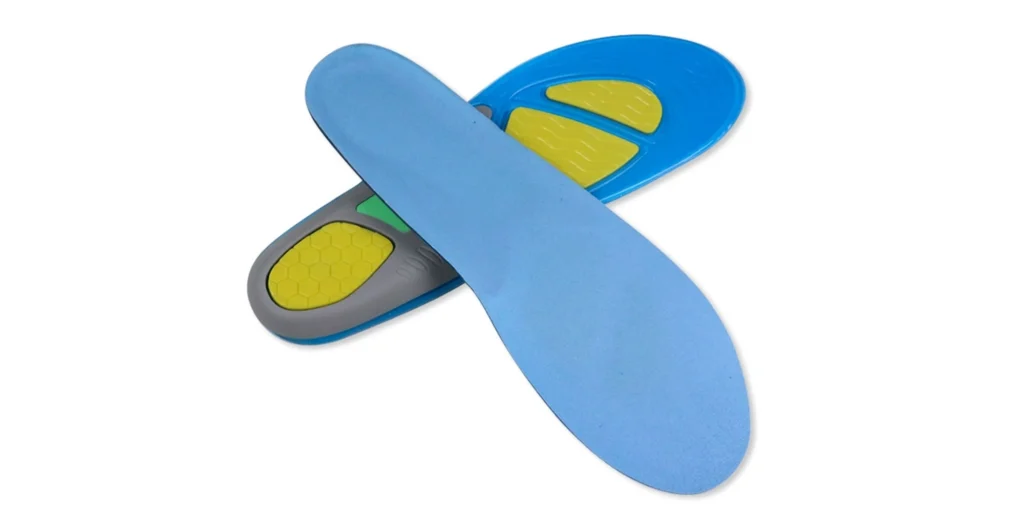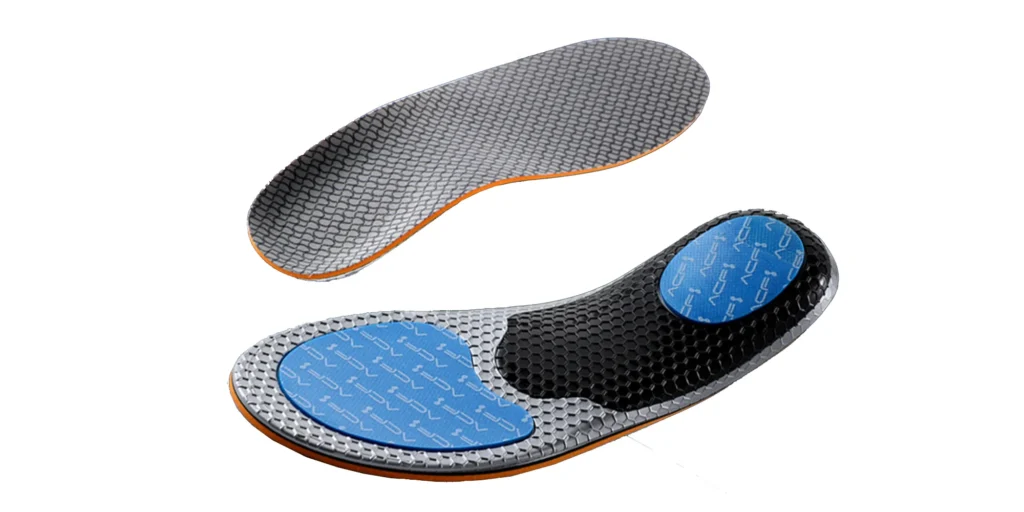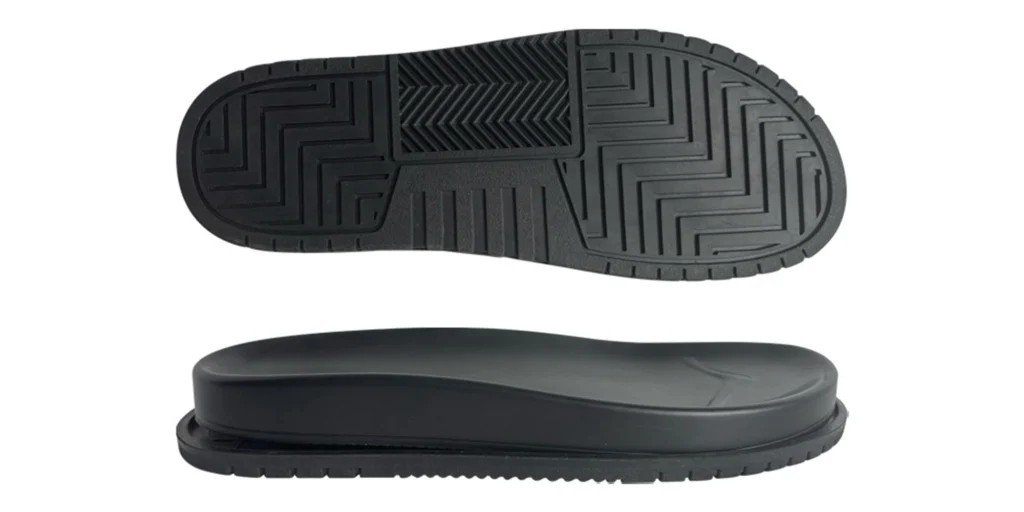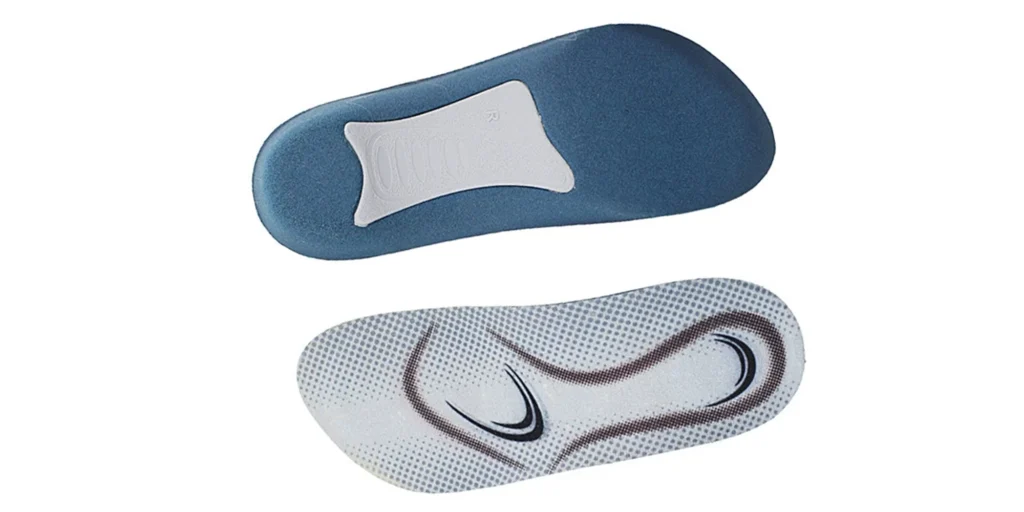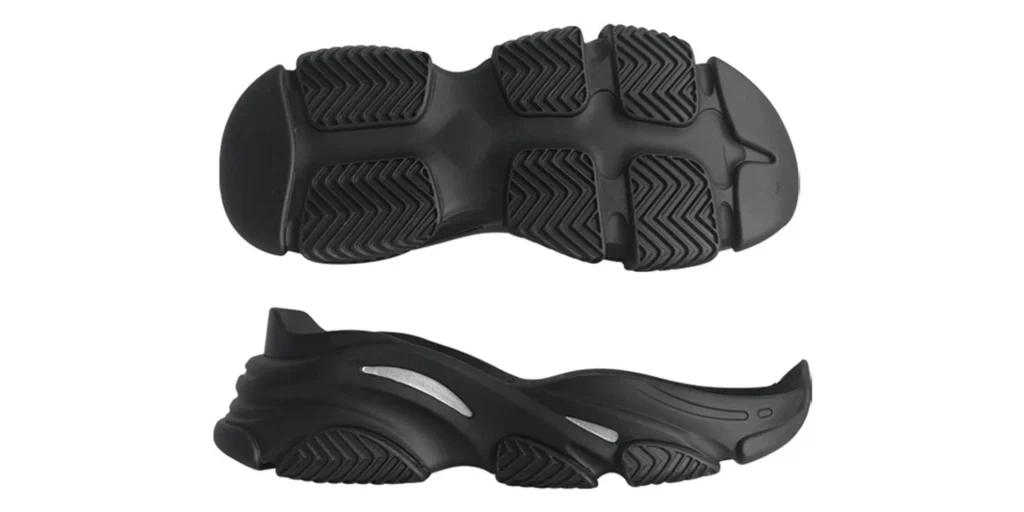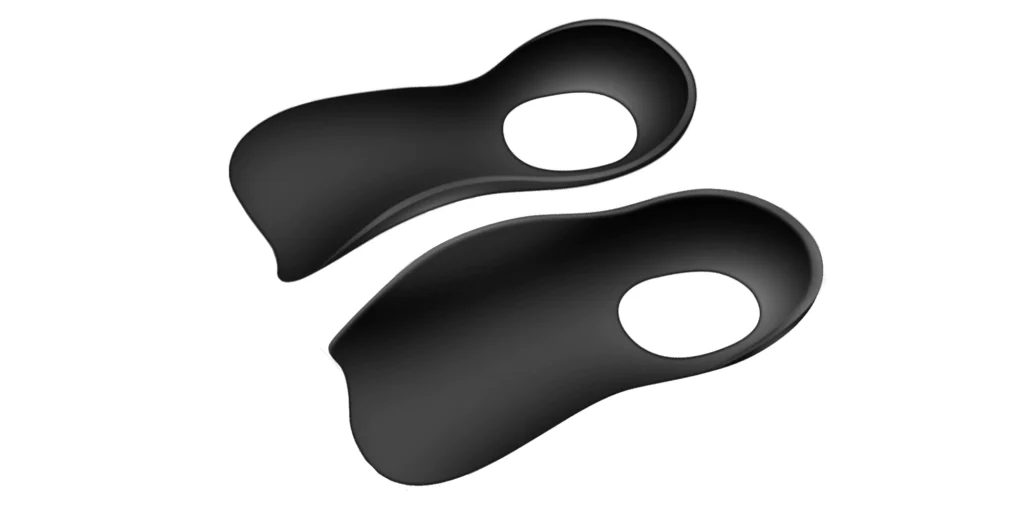Abstract
This paper elucidates the pivotal role of EVA (ethylene-vinyl acetate) material in customized sole design, integrating principles of elastic mechanics to analyze its profound impact on optimizing energy feedback and shock absorption, thereby enhancing athletic efficiency. By examining EVA’s material properties, biomechanical mechanisms, real-world applications, and consumer value, the study offers actionable insights for athletes and designers alike.
1. Customized Soles: The Ascendancy of Personalization in Athletic Performance
In the realm of sportswear, customization has evolved from a luxury to a necessity. Tailored soles, engineered to accommodate unique foot morphology, gait patterns, and sport-specific demands, address inherent limitations of mass-produced footwear—such as inadequate support and energy dissipation.
For instance:
- Marathon runners require superior cushioning.
- Basketball players prioritize lateral stability.
Leveraging biomechanical scanning and 3D modeling, bespoke sole designs precisely align with individual biomechanics, mitigating injury risks and elevating movement efficiency. Empirical studies demonstrate that personalized sole configurations can enhance athletic output by up to 15% (Journal of Sports Engineering, 2023).
2. EVA Material Decoded: The Synergy of Lightweight Resilience
EVA copolymer stands as the cornerstone of contemporary sole design, owing to its exceptional physicochemical attributes:
- Ultralight Composition: With a density of 0.15–0.25 g/cm³, it eclipses traditional rubber by 30% in weight reduction, minimizing metabolic cost.
- Superior Elasticity: A modulus range of 2–50 MPa enables rapid shape recovery, translating to dynamic energy return.
- Impact Diffusion: Its molecular architecture absorbs over 90% of kinetic shock (per ASTM standards), safeguarding joint integrity.
Comparative analyses reveal EVA’s 20% advantage in energy restitution over conventional materials (e.g., TPU or rubber), particularly in running and jumping scenarios, directly enhancing endurance and attenuating fatigue.
3. Elastic Mechanics in Action: EVA’s Role in Energy Optimization
The interplay between material deformation and force lies at the heart of sole performance. Custom EVA soles exploit two fundamental principles:
- Stress-Strain Dynamics: Under compression (e.g., heel strike), EVA’s closed-cell structure stores kinetic energy, subsequently releasing >80% during the propulsive phase (toe-off) as forward momentum.
- Energy Conservation: With a hysteresis loss coefficient below 20%, EVA outperforms high-dissipation materials (e.g., certain polyurethanes) that squander >35% of kinetic energy.
Customization further refines efficiency by modulating EVA density gradients—reinforcing high-impact zones (e.g., heels) while employing strategic hollowing in low-load areas (e.g., arches)—creating a responsive “dynamic spring” effect.
4. The Science of Enhanced Performance: From Lab to Field
EVA-engineered soles elevate athletic output through three biomechanical pathways:
- Energy Recuperation: Testing confirms EVA soles achieve >65% energy return (versus 40–50% in conventional materials), reducing muscular exertion and prolonging activity duration.
- Stride Optimization: Enhanced rebound abbreviates ground contact time, improving running economy by 8–12% (Nike Sport Research Lab).
- Injury Mitigation: By redistributing impact forces, EVA lowers knee joint loads by 30%, indirectly sustaining long-term performance.
Case Study: Adidas’ Ultraboost series, utilizing EVA-derived Boost™ foam, demonstrates an average 4% improvement in 5K race times among users.
5. Future Horizons: Intelligent Customization and Sustainable Innovation
Emerging technologies are propelling EVA soles into new frontiers:
- Smart Sensory Integration: Piezoelectric-embedded soles (e.g., Under Armour Flow Velociti Wind 2) auto-adjust firmness via real-time pressure analytics.
- Eco-Conscious Formulations: Recycled EVA variants (e.g., adidas TERREX) slash carbon footprints by 40%, aligning with ESG trends.
- Medical Crossover: Orthopedic rehabilitation adopts EVA insoles to correct pathological gaits.
Market Projection: By 2030, AI-driven hyper-customized EVA soles will dominate 50% of the professional sports sector.
FAQ
Q1: How does EVA outperform traditional rubber soles?
EVA surpasses rubber in weight reduction (30% lighter), elasticity (>80% rebound), and balanced traction, making it ideal for running and court sports. Rubber excels in durability but incurs higher energy loss.
Q2: Can customized soles genuinely enhance running speed?
Absolutely. Precision EVA density mapping reduces gait cycle duration by 3–5% and optimizes oxygen consumption, yielding 5–8% faster 5K times.
Q3: What is the lifespan of EVA soles?
Standard EVA endures ~500 miles, but advanced compression molding (e.g., Nike ZoomX) extends longevity to 750 miles. Avoid UV/moisture exposure to preserve elasticity.
Q4: Is elastic mechanics design relevant for non-athletes?
Crucially so. Custom EVA soles rectify gait imbalances (e.g., overpronation), reducing knee stress by 15% in daily walking and preventing chronic wear.
Q5: What breakthroughs await EVA technology?
Next-gen innovations include thermo-responsive EVA (hardness-adjusting via body heat) and 4D-printed lattices (dynamic load adaptation), slated for commercialization by 2025.
WELLE Trade has over 20 years of experience in the production and processing of PE/EVA/TPE foams, so you may want to consult with them if you have any sourcing needs.

